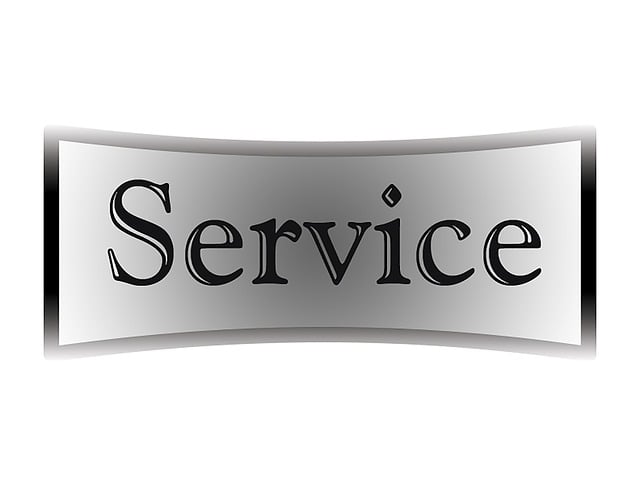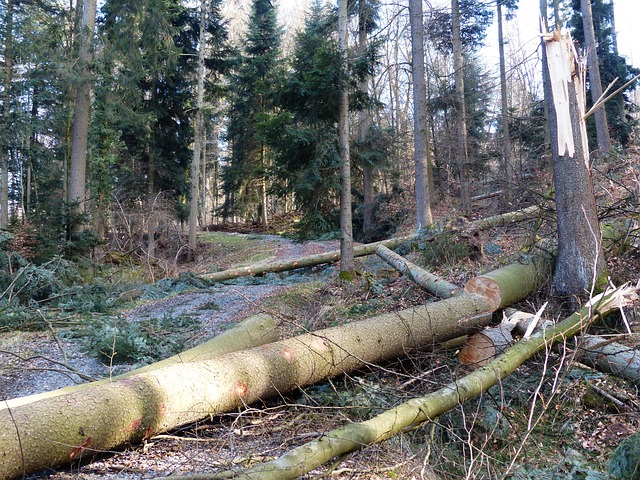Deerfield Beach’s Top-Rated Water Damage Heroes: Save Time & Money Now!
Are you dealing with standing water in Deerfield Beach? Don’t worry; our experts are here to save th…….
Introduction
Standing water, a common issue in coastal cities like Deerfield Beach, Florida, poses significant challenges for municipalities, property owners, and the environment. Effective removal of standing water not only mitigates the risks associated with stagnant water, such as mosquito breeding and property damage, but also contributes to the overall health and safety of the community. This article delves into the intricacies of Deerfield Beach’s standing water removal efforts, exploring the historical context, technological advancements, economic implications, and policy frameworks that shape this critical environmental operation. Readers will gain a comprehensive understanding of the significance of standing water removal within the broader context of urban infrastructure management.
Understanding Deerfield Beach Standing Water Removal
Deerfield Beach Standing Water Removal encompasses a series of strategies and actions aimed at eliminating or managing stagnant water accumulations on both public and private property. This practice is crucial for maintaining the health of ecosystems, preventing infrastructure damage, and safeguarding public health by reducing the proliferation of mosquitoes that can transmit diseases such as Zika, West Nile Virus, and Dengue Fever.
Historically, Deerfield Beach has grappled with seasonal flooding due to its geographical location and climate patterns. Over time, local authorities have developed comprehensive plans to address this issue, including the implementation of advanced drainage systems, flood control measures, and public education campaigns. These efforts are part of a broader commitment to environmental stewardship and community well-being.
Global Impact and Trends
The phenomenon of standing water removal is not isolated to Deerfield Beach; it is a global concern with significant regional differences. Coastal cities worldwide face similar challenges, influenced by factors such as climate change, urbanization, and infrastructure development. Key trends include the integration of smart technology for real-time flood monitoring, increased investment in sustainable drainage systems (SuDS), and the adoption of nature-based solutions to manage water resources effectively.
In regions with heavy rainfall or monsoon seasons, standing water removal is a matter of life and safety. For instance, cities like Mumbai, India, have implemented large-scale infrastructure projects to combat flooding, demonstrating the global relevance of this issue.
Economic Considerations
Economically, standing water removal is a multifaceted endeavor. It involves significant investment in infrastructure, technology, and research. Market dynamics are shaped by both public and private sector involvement, with various stakeholders contributing to the development and deployment of solutions. The economic impact extends beyond immediate costs to encompass long-term benefits such as reduced healthcare expenses due to decreased disease transmission, property value preservation, and potential economic growth spurred by tourism and business investments in flood-resilient areas.
Technological Advancements
Technological advancements have been pivotal in improving standing water removal operations. Innovations such as IoT-enabled sensors for early detection of water levels, advanced pumping systems capable of operating autonomously, and predictive analytics to forecast flood events have transformed the landscape. These technologies not only enhance response times but also enable more precise and resource-efficient operations.
Looking ahead, the integration of artificial intelligence (AI) and machine learning (ML) is expected to further revolutionize the field. AI-driven models can predict flooding with greater accuracy and suggest optimal removal strategies based on real-time data. The future of standing water removal will be characterized by smarter, more responsive systems that adapt to changing conditions.
Policy and Regulation
The governance of standing water removal is shaped by a complex web of policies and regulations at local, state, and federal levels. These frameworks dictate everything from land use planning to emergency response protocols. Compliance with environmental protection laws and adherence to best practices in stormwater management are essential components of effective standing water removal.
Policies that incentivize green infrastructure, such as rain gardens and permeable pavements, encourage communities to adopt sustainable solutions that blend with natural landscapes. Regulatory bodies also play a critical role in enforcing standards for construction, ensuring that new developments do not exacerbate flooding issues.
Challenges and Criticisms
Despite advancements, Deerfield Beach’s standing water removal efforts are not without challenges. Critics often point to issues such as budget constraints, political interference, and the need for better coordination among various agencies responsible for managing flood risks. Additionally, there is a continuous debate about the balance between urban development and environmental preservation.
To address these challenges, a multi-pronged approach is necessary. This includes community engagement to foster a culture of preparedness and stewardship, investment in infrastructure upgrades, and the adoption of innovative technologies. Collaboration among government bodies, private sector partners, and academic institutions is essential for overcoming the obstacles faced by standing water removal initiatives.
Case Studies
Several case studies from Deerfield Beach illustrate successful applications of standing water removal techniques. For example, the implementation of a multi-million-dollar stormwater project that significantly reduced localized flooding serves as a testament to the effectiveness of strategic investment in infrastructure. Another case study highlights the use of nature-based solutions, where the restoration of wetlands acted as a natural sponge to absorb excess water during heavy rains.
These success stories provide valuable insights and best practices that can be replicated or adapted to other contexts. They underscore the importance of comprehensive planning, community involvement, and the application of both traditional and cutting-edge solutions in achieving long-term success.
Conclusion
Deerfield Beach’s standing water removal initiative is a prime example of how urban environments can effectively manage and mitigate the challenges posed by stagnant water accumulations. Through a combination of advanced technology, innovative policy, and community involvement, this issue can be addressed with sustainable and adaptive solutions. The global relevance of these efforts underscores the importance of integrated approaches to environmental management and urban resilience. As Deerfield Beach continues to refine its strategies, it serves as a model for cities around the world facing similar challenges.

Are you dealing with standing water in Deerfield Beach? Don’t worry; our experts are here to save th…….

Are you tired of dealing with unsightly standing water in your Deerfield Beach home? It’s not just a…….

Are you tired of dealing with pesky ceiling leaks and standing water in your Deerfield Beach home? S…….

Are you dealing with standing water in your Deerfield Beach home? Don’t let it cause lasting damage!…….

Are you tired of dealing with standing water in your Deerfield Beach home? Let the trusted water mit…….

Deerfield Beach: Standing Water Removal – Save Your Home!Free Emergency Response for Burst Pipes in…….

Are you tired of dealing with standing water damage in your Deerfield Beach home? Say goodbye to mol…….

Are you a Deerfield Beach resident facing furniture water damage? Don’t despair! Our expert standing…….

Are you a Deerfield Beach resident tired of dealing with persistent standing water in your home? Say…….

Are you in Deerfield Beach and dealing with furniture damaged by standing water? Say goodbye to cost…….